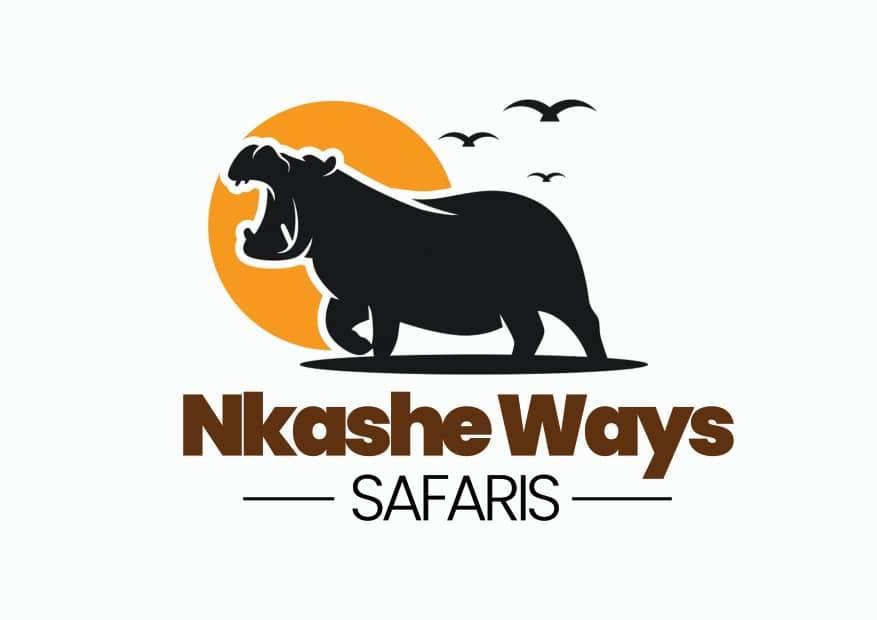The Makgadikgadi Pans are one of the largest salt flats in the world, covering over 16,000 square kilometers in northeastern Botswana. They are remnants of an ancient super-lake that once covered much of the region thousands of years ago. The pans are characterized by vast, dry, and seemingly endless landscapes that transform dramatically with the seasons.
Geography & Landscape
Makgadikgadi consists of several major salt pans, including:
- Sua Pan – The largest pan, home to seasonal flamingo breeding colonies.
- Ntwetwe Pan – A dramatic, remote pan often visited for quad biking and meerkat encounters.
- Nxai Pan – A separate but ecologically connected pan with wildlife-rich grasslands.
During the dry season (May to October), the pans appear as white, cracked salt flats stretching to the horizon. In the wet season (November to April), they transform into shallow lakes, attracting thousands of flamingos, pelicans, and other waterbirds, as well as large herds of zebras and wildebeests.
Wildlife & Best Time to Visit
Despite their harsh conditions, the Makgadikgadi Pans support unique wildlife. The best time to visit depends on what you want to experience:
- Dry Season (May to October):
- Endless white landscapes perfect for photography and quad biking.
- Brown hyenas, bat-eared foxes, and aardvarks thrive in the arid environment.
- Meerkats are commonly seen in the Kalahari scrub around the pans.
- Wet Season (November to April):
- One of Africa’s largest zebra migrations (from the Boteti River).
- Flamingos flock to Sua Pan to breed.
- Predators such as lions, cheetahs, and leopards take advantage of migrating prey.
Activities
Visitors to the Makgadikgadi Pans can enjoy:
- Game drives – Explore the pans and surrounding grasslands for wildlife.
- Walking safaris with the San (Bushmen) – Learn about traditional survival skills.
- Quad biking (dry season) – Ride across the vast salt flats.
- Meerkat encounters – Visit habituated meerkat colonies.
- Birdwatching – Flamingos and other waterbirds in the wet season.
- Stargazing – The pans offer some of the clearest night skies in the world.
